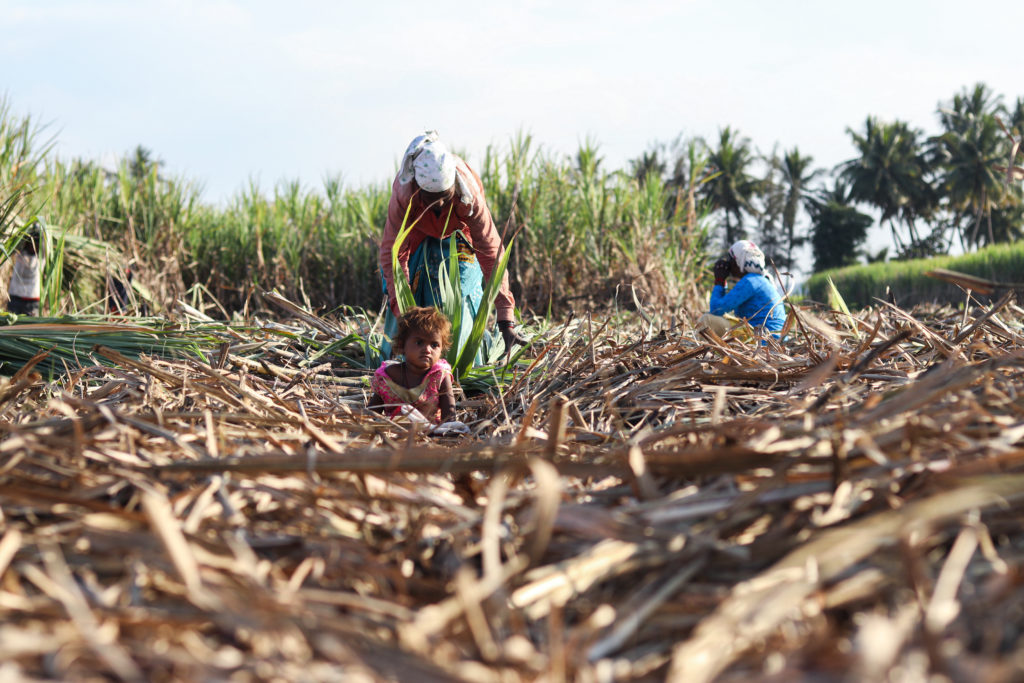BY FATMA KHALED ON 12/25/22
Arctic Blasts Threatens Texas Grid
Texas Governor Greg Abbott is facing a grid "emergency" this holiday weekend due to an electric energy shortage as an arctic blast causes failures at power plants in the state.
The U.S. Department of Energy (DOE) on Friday declared that an emergency exists in Texas "due to a shortage of electric energy, a shortage of facilities for the generation of electric energy, and other causes." It added that this emergency order is meant to "serve the public interest."
The department's emergency order allows Texas grid operators to pollute more than allowed in an effort to boost electricity generation amid threatening cold temperatures. This means Texas power plants can burn dirtier fuel oil instead of natural gas to generate power through Christmas morning, according to The Texas Tribune on Saturday.
The Electric Reliability Council of Texas (ERCOT), which serves 90 percent of the electric customers in the state, requested the emergency order exceed the usual federal air quality restrictions on Friday.
"For Texas, this severe winter weather system has caused a significant drop in temperatures over the last day. This temperature drop, accompanied by high winds in excess of 40 mph, has resulted in wind chill values across the state generally below ten degrees Fahrenheit, with some areas of Texas experiencing wind chills values well below zero degrees," the DOE wrote in its order. "As a consequence, the demand for electricity in ERCOT rose to an all-time winter peak on the morning of Friday, December 23, 2022, in excess of 74,000 MW. This severely cold weather is expected to last through Sunday morning."
The department added that the vast majority of generating units in the ERCOT region continue to run without any issue, however a small number of units have experienced "operating difficulties due to cold weather or gas curtailments."
Around 11,000 megawatts of coal and gas-fired power, 4,000 megawatts of wind and 1,700 megawatts of solar power generating units were "derated" or "outaged" due to severe weather conditions, according to the DOE.
On Friday afternoon, Reliant Energy, which serves over 1.5 million Texans, urged its customers to reduce their energy usage by limiting the use of large appliances. Temperatures in some parts of Texas reached a low of 1 degree by Thursday night, according to the National Weather Service (NWS). Meanwhile, wind gusts reached up to 40 miles per hour in areas in North Texas, The Texas Tribune reported.
Many Texans experienced power outages on Friday amid strong winds and the brutally cold temperatures, with more than 77,000 customers losing power, according to PowerOutage.us. As of Sunday afternoon, a little more than 5,000 customers were without power.
Still, Texas officials assured residents that the power grid is up and running despite the challenges, and that the grid will not be severely impacted as it was in February 2021 when three severe winter storms and frigid temperatures stressed the grid. As a result, hundreds of people died and millions lost power for prolonged periods.
In a statement to Newsweek Saturday afternoon, Renae Eze, Abbott's communications director, said no Texans lost power due to the power grid and highlighted that the governor signed 14 bills into law to "weatherize the Texas power grid and ensure its stability and resiliency."
Abbott also defended the grid on Twitter.
"The ERCOT grid performed well again today. Yesterday, Texas had the highest power demand in any winter. Today was the 2nd highest demand day for winter power. During 2 extremely cold nights, the power grid has not failed. No Texan has lost any power because of the ERCOT grid," the governor tweeted Saturday.
On Sunday, Eze told Newsweek that "ERCOT provided more power during this cold weather event than any winter ever. Any outages were due to localized issues, such as downed power lines, or other grids like MISO that cover some parts of Texas."
Update 12/25/2022, 3:38 p.m. ET: This article has been updated to include further comment from Eze.

Shelly Hagan
Wed, December 21, 2022
(Bloomberg) -- Texas Governor Greg Abbott and state officials are confident the power grid will continue running as a potent winter storm delivering sub-freezing temperatures makes its way to the state this week.
Abbott, along with the head of the state’s public utilities commission, energy grid and emergency management division, held a press conference Wednesday to reassure Texans the state’s electric grid — operated by the Electric Reliability Council of Texas — will not see a repeat of last year’s failure that killed more than 200 people.
“We want to make sure everybody across the entire state of Texas hears directly from the head of the Public Utilities Commission as well as the head of Ercot to know exactly the way that both the PUC and Ercot are prepared to make sure that the power grid will remain up and running very robustly during this very cold snap,” Abbott said.
Texans are still reeling from the fatal winter storm Uri in February 2021 that caused the grid to fail, leaving millions of residents without power for hours and even days. State officials say they have made a number of reforms to the grid since then including reinforcing natural gas plants and pipelines to withstand extreme weather.
“The grid is ready and reliable,” Texas Public Utilities Commission Chairman Peter Lake said. “We expect to have sufficient generation to meet demand throughout this entire winter weather event.”
The grid operator is forecasting demand for electricity will reach a high Friday morning of 67.8 gigawatts as temperatures in Dallas linger below 25 degrees. That’s slightly higher than what officials had forecast last month to be the peak for power demand this winter.
Officials said the state is not expecting to see much rain but will see extremely cold temperatures with high winds beginning Thursday. Texas Division of Emergency Management Chief Nim Kidd said wind chills are forecast at minus 10F (minus 23C) in the Dallas metro area and as low as minus 30F (minus 34C) in the panhandle, the northern most portion of the state.
Gov. Greg Abbott and other leaders say Texans should protect their homes and vehicles as large portions of the state will experience dangerously cold temperatures.
BY EMILY FOXHALL DEC. 21, 2022
/https://static.texastribune.org/media/files/1dcd4906e4a9a990727dcddffdcd97cd/Winter%20Storm%20Abbott%20Presser%20JV%20TT%2012.jpg)
State officials warned residents Wednesday to prepare their homes and vehicles for the coming freeze while trying to reassure on-edge Texans that the electric grid will stay online.
Temperatures are expected to plummet Thursday into single digits — with even lower wind chills. Leaders urged residents to check their car tires and batteries to be sure no one gets stranded on the road, to burn wood or gas inside only if there’s proper ventilation, and to insulate pipes.
“This is a dangerous storm coming our way,” said Nim Kidd, chief of the Texas Division of Emergency Management. “The temperatures will be extremely cold and the winds will be high, which will generate some very dangerous wind chills.”
Forecasters predicted life-threatening minus-10-degree wind chills in the Dallas-Fort Worth area and wind chills as low as minus 30 degrees in the Panhandle, Kidd said. Aside from light precipitation in the Panhandle, the state was expected to stay dry.
The lack of concerns over icy roads and infrastructure makes this a different threat than the 2021 Winter Storm Uri, which overwhelmed the state’s main electric grid and killed hundreds of people. Officials are promising that, this time, the power will stay on.
The Electric Reliability Council of Texas, which manages the grid that powers most of Texas, and the Public Utility Council made improvements after Uri, such as ensuring natural gas-fired plants have additional sources of fuel on site and improving communications among electricity regulators, oil and gas regulators, and the Texas Division of Emergency Management.
“The grid is ready and reliable,” said Peter Lake, chair of the Public Utility Commission, which regulates grid operators, on Wednesday. “We expect to have sufficient generation to meet demand throughout this entire winter weather event.”
ERCOT officials expected power demand to be highest from Thursday night through Saturday morning. The peak — near 70,000 megawatts — was predicted Friday morning, when grid operators expected to have nearly 85,000 megawatts of supply if all goes as planned.
“We do expect to have sufficient generation supply to meet the forecasted demands,” said Pablo Vegas, ERCOT’s president and CEO.
Of course, in an extreme scenario, the grid could still face rolling blackouts or tight conditions, and ERCOT could still issue a conservation notice. There may also be local power outages that have nothing to do with the viability of the power grid, caused by things such as wind knocking trees onto power lines.
Gov. Greg Abbott said he knew that state leaders needed to earn back the public trust after 2021’s deadly outages. He said he believed they started to do that by meeting surging demand over the summer.
KUT 90.5 | By Mose Buchele
Published February 23, 2022

Julia Reihs
The former top manager of Texas' electric grid said in court Wednesday he was following Gov. Greg Abbott’s directions when he kept electricity prices as high as legally allowed in the aftermath of last February's devastating blackout.
His testimony was first reported by the Houston Chronicle.
Bill Magness was testifying in a suit filed against the Electric Reliability Council of Texas by the Brazos Electric Cooperative. In the wake of the blackout, Brazos filed for bankruptcy protection after being hit with a $1.9 billion energy bill. It claimed the grid manager illegally and unnecessarily inflated energy costs.
Before the blackout, electricity traded on the grid for about $50 per megawatt hour. ERCOT and the Public Utility Commission's decision to increase the price to $9,000 and peg it there even after energy started returning to the grid created billions of dollars of debt for utilities and ratepayers across the state.
In his testimony, Magness said former Public Utility Commission Chair DeAnn Walker instructed him to do whatever was necessary to stop outages from returning to the grid once power had been restored.
That included keeping prices high to ensure the grid stayed stable.
“She told me that the governor had conveyed to her that if we emerged out of rotating outages, we just could not go back into them," he said. "We needed to do whatever we needed to do to try to make that happen."
The Public Utility Commission oversees ERCOT; as chair of the commission, Walker was an Abbott appointee.
A spokesperson for the governor's office said last year that Abbott was not involved “in any way” in the decision to keep energy prices high.
The decision to keep prices high to keep the grid stable proved controversial, leading to billions of dollars in unexpected costs, much of which will be paid out on ratepayers bills for years to come.
In response to a request for comment, the governor's office did not directly address the question of energy pricing.
"As Texans would expect, Governor Abbott was adamant to everyone involved that they must do what was needed to keep the lights on and to prevent the loss of life," Press Assistant Sheridan Nolen wrote in an email. "This is the same instruction Governor Abbott gave to the PUC and ERCOT earlier this year: do what needs to be done to keep the power on."
Cascading risks: Understanding the 2021 winter blackout in Texas
https://doi.org/10.1016/j.erss.2021.102106Get rights and content
Abstract
The Texas freeze of February 2021 left more than 4.5 million customers (more than 10 million people) without electricity at its peak, some for several days. The freeze had cascading effects on other services reliant upon electricity including drinking water treatment and medical services. Economic losses from lost output and damage are estimated to be $130 billion in Texas alone. In the wake of the freeze, there has been major fallout among regulators and utilities as actors sought to apportion blame and utilities and generators began to settle up accounts. This piece offers a retrospective on what caused the blackouts and the knock-on effects on other services, the subsequent financial and political effects of the freeze, and the implications for Texas and the country going forward. Texas failed to sufficiently winterize its electricity and gas systems after 2011. Feedback between failures in the two systems made the situation worse. Overall, the state faced outages of 30 GW of electricity as demand reached unprecedented highs. The gap between production and demand forced the non-profit grid manager, the Electric Reliability Council of Texas (ERCOT), to cut off supply to millions of customers or face a systems collapse that by some accounts was minutes away. The 2021 freeze suggests a need to rethink the state’s regulatory approach to energy to avoid future such outcomes. Weatherization, demand response, and expanded interstate interconnections are potential solutions Texas should consider to avoid generation losses, reduce demand, and tap neighboring states’ capacity.
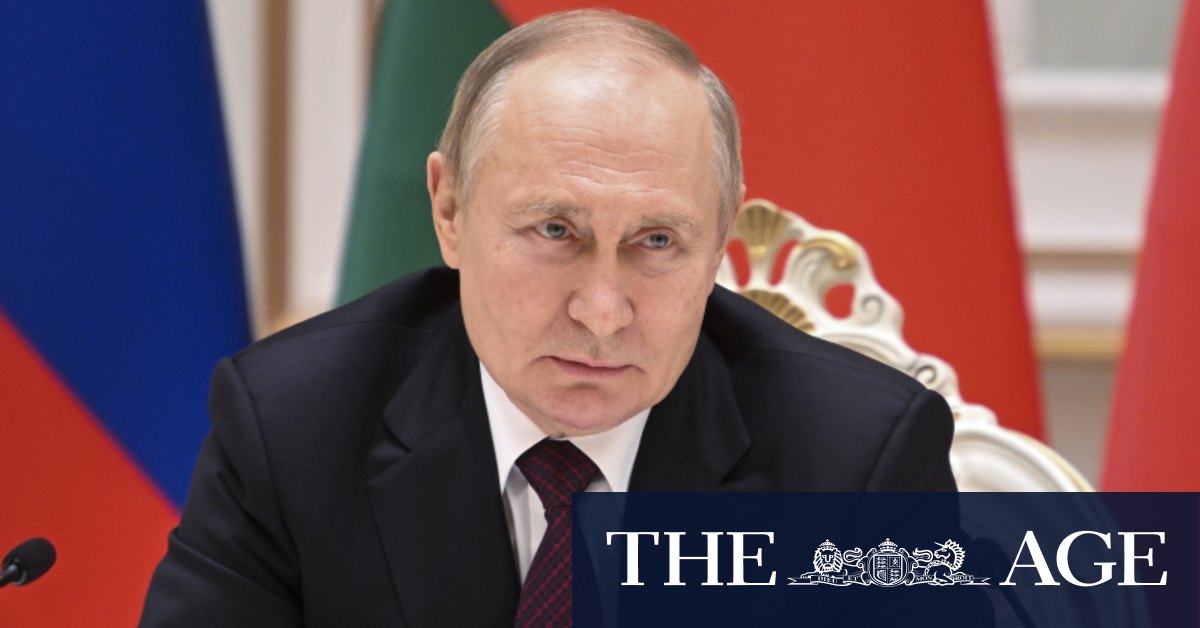


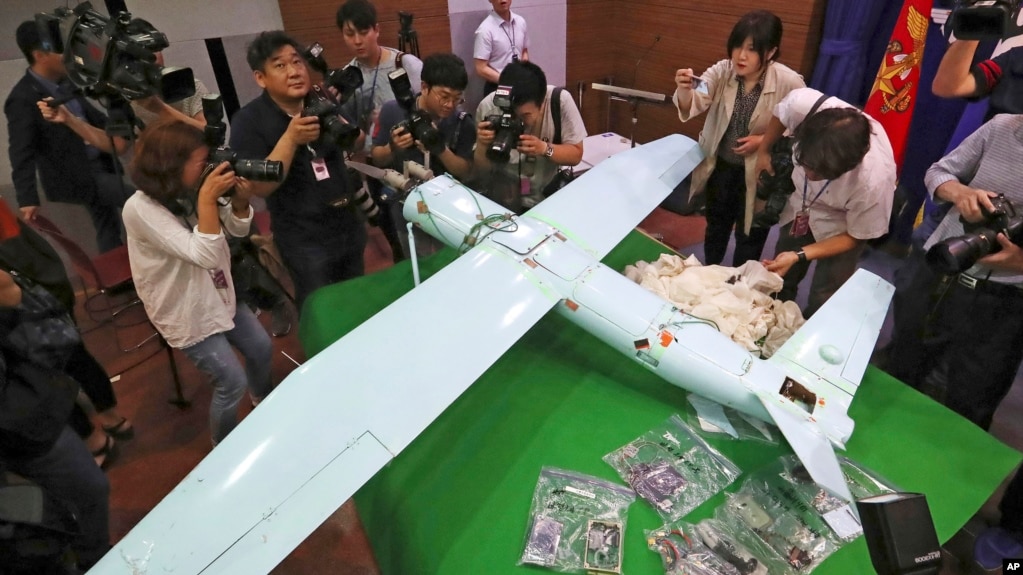





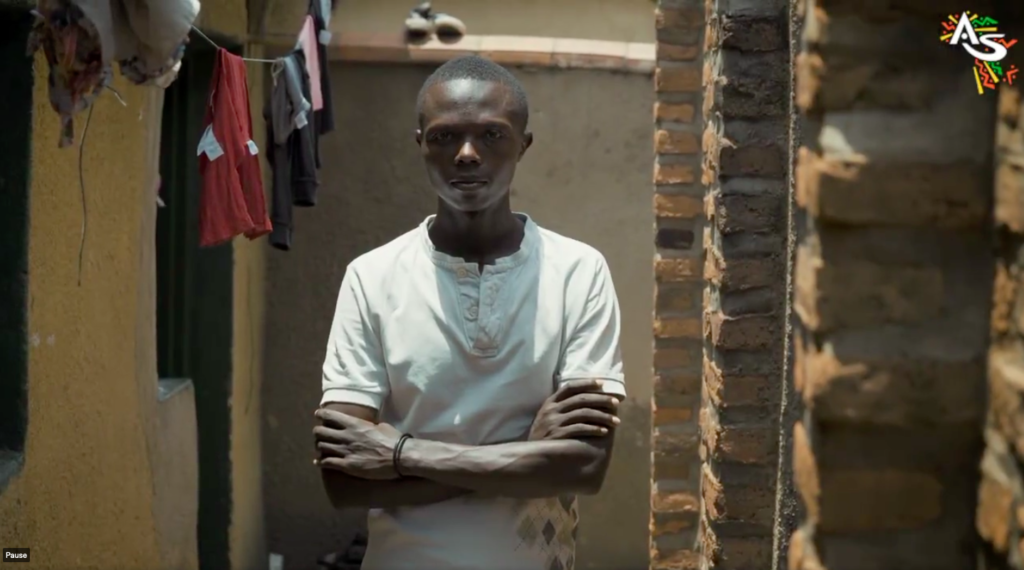

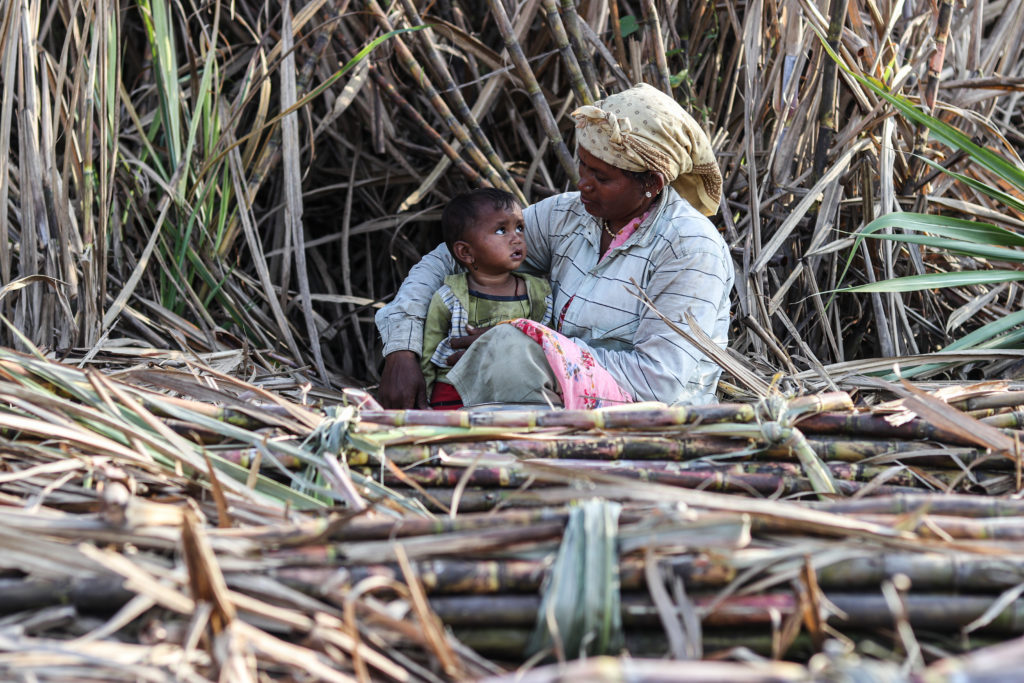
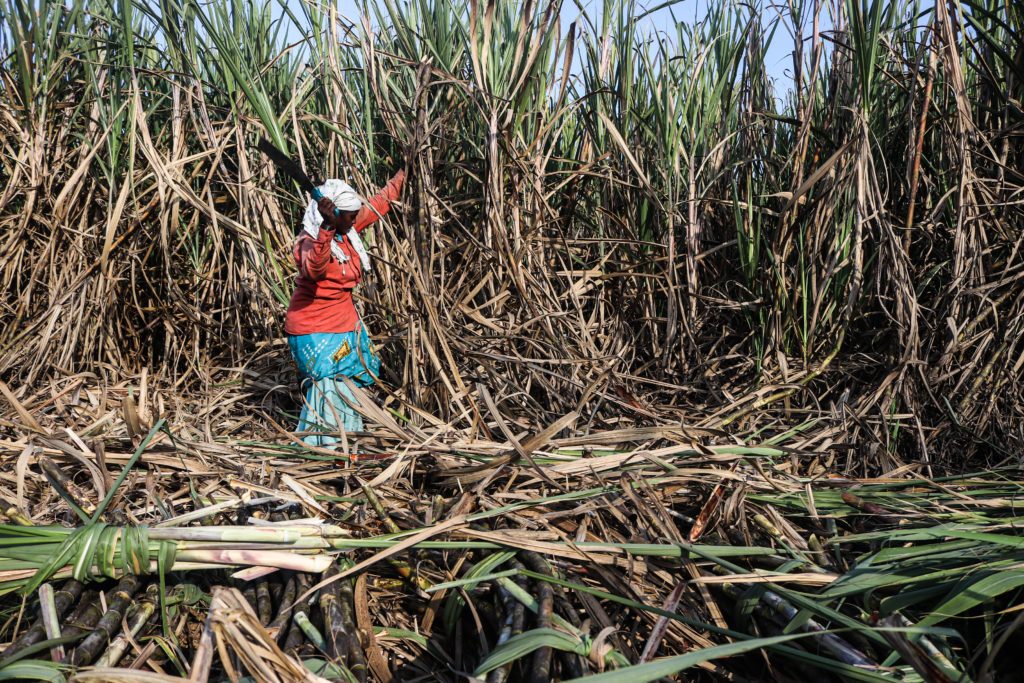
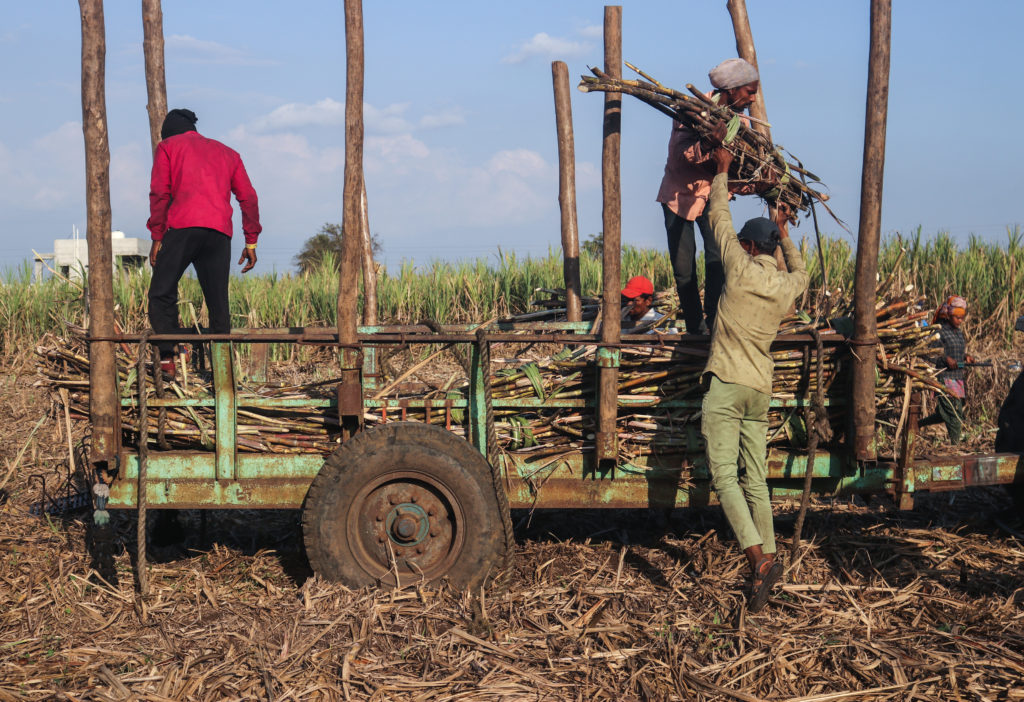
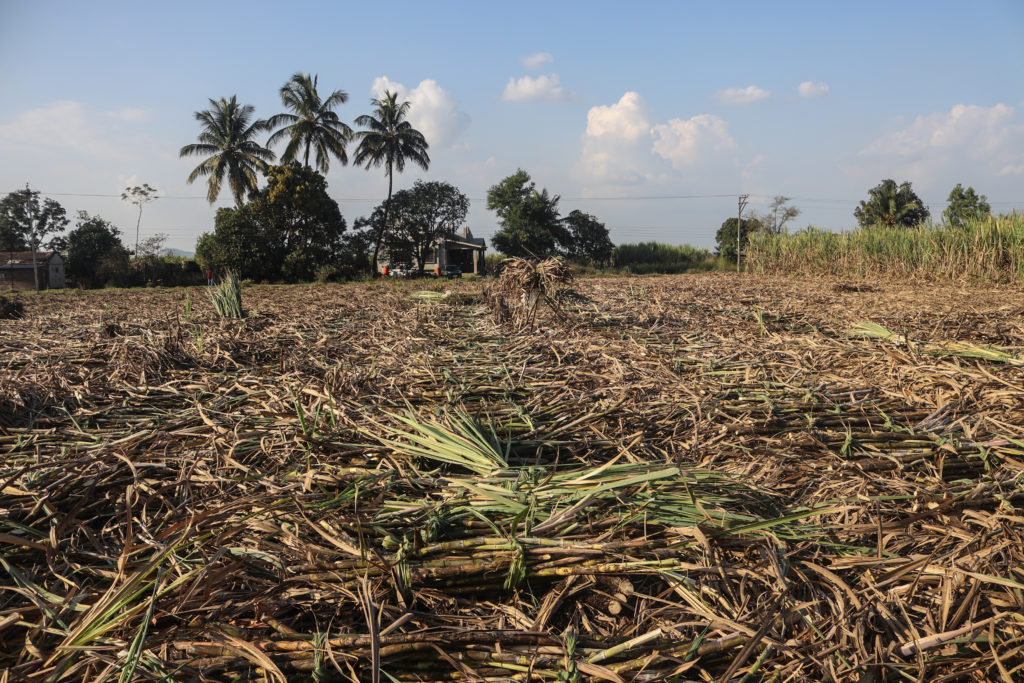
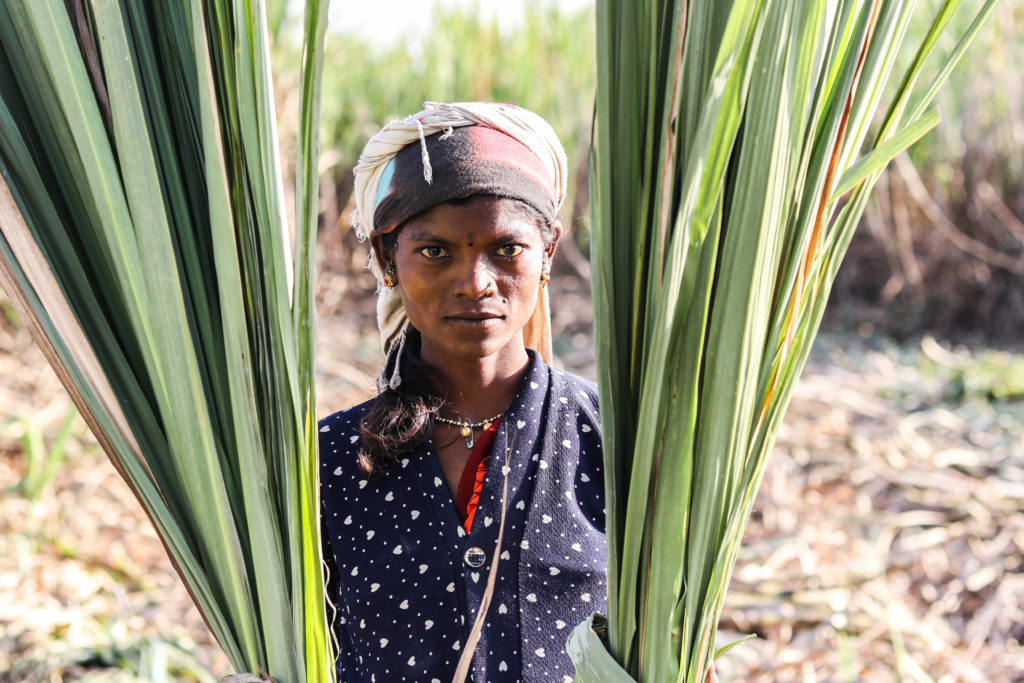 Sugarcane cutter Sarla Bhil said she started migrating to sugarcane fields for work only three years ago because of recurring climate disasters, which are devastating crops in her region / credit: Sanket Jain
Sugarcane cutter Sarla Bhil said she started migrating to sugarcane fields for work only three years ago because of recurring climate disasters, which are devastating crops in her region / credit: Sanket Jain